Stanford University
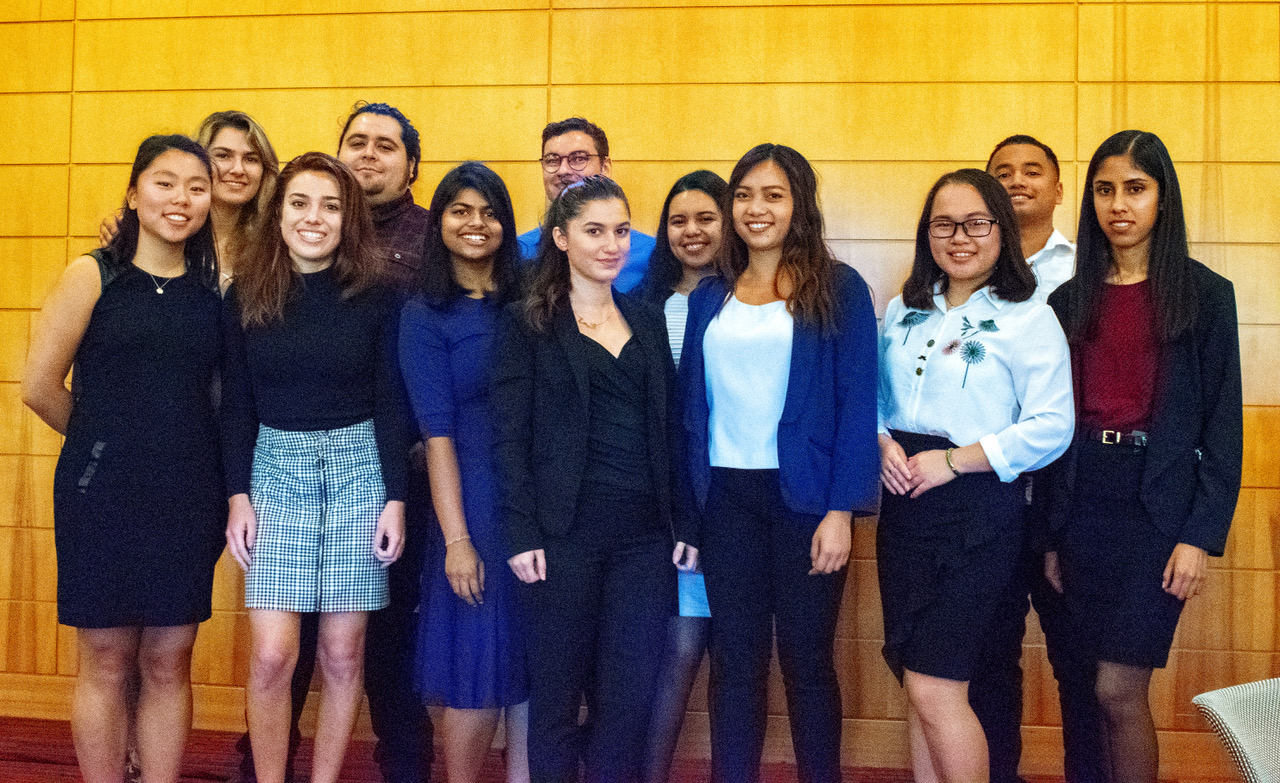
Cal-Bridge Summer and Leadership Alliance 2018 summer researchers at Stanford after their poster session.
Physics and Astronomy Research at Stanford University
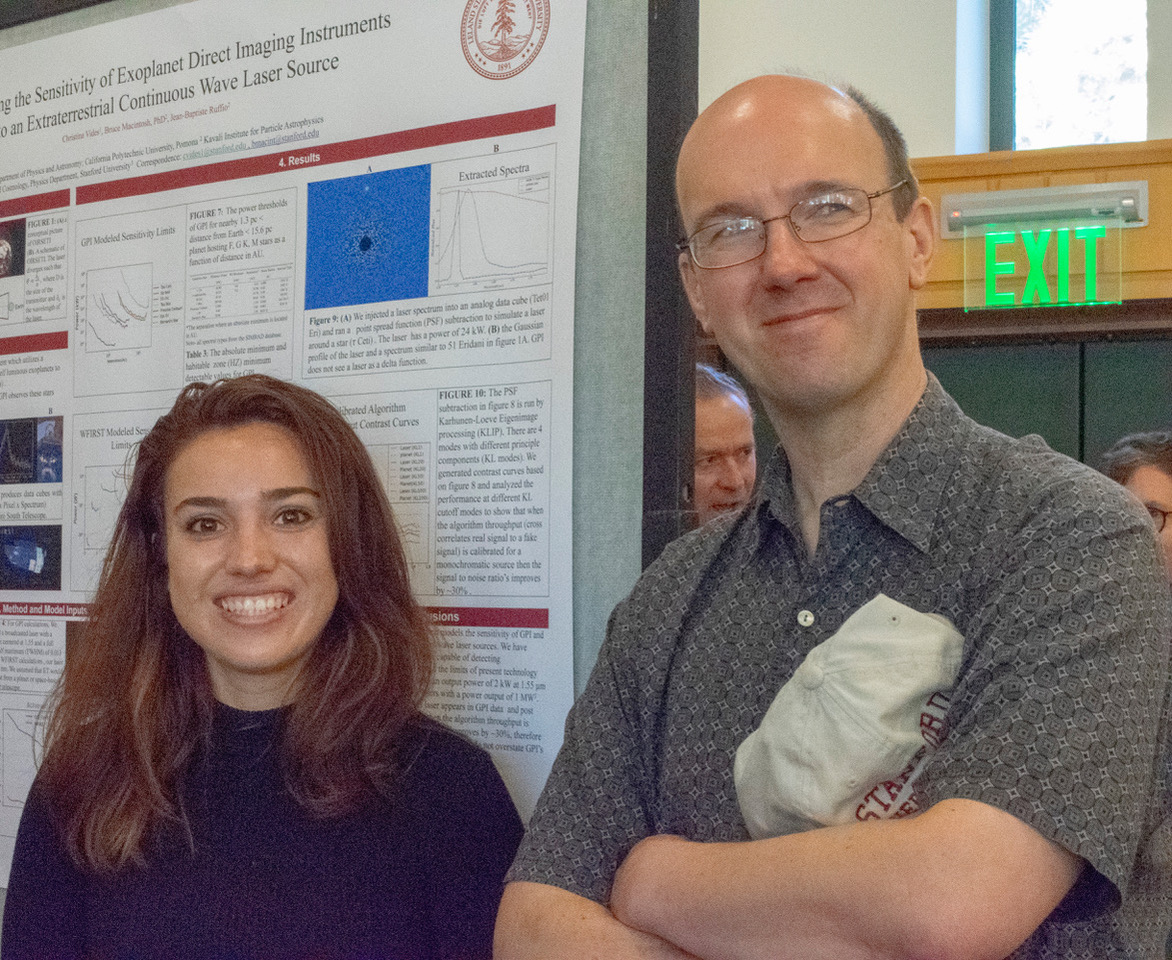
Program Details
What is it?
Students will work for 8 weeks in the summer with scientists at Stanford University on projects spanning the fields of physics and astronomy. In addition to research within a group, students will participate in weekly meetings focused on research skills, applying to graduate school, and exposure to cutting edge topics in physics.
Selected students will receive a $4000 stipend for the full 8 weeks. In addition, participants will be provided with Stanford University housing and a Stanford meal plan for eight weeks, which includes breakfast, lunch, and dinner, and reimbursed for travel from home or campus to Stanford (a value of more than $5500).
A bike will be rented for each participant as this is the preferred mode of travel on campus. Interns will attend two weekly seminars: one covers the graduate application process and the other focuses on physics, astrophysics, and astronomy. A full, paid, seven week General GRE prep course will be provided to participants two evenings per week. They will also have access to Stanford's computer networks, databases, libraries (including borrowing privileges), and athletic facilities.
Upon successful completion of the program, scholars will be given the opportunity to present their research to faculty and peers at a research symposium held at the end of the program. The research program runs June 24 to August 17, 2024.
All students are required to participate in the full eight weeks of the program but if you have academic commitments that require you to return to your university before August 19, please let Stanford know when you consider any offer and they will work with you to make an accommodation, if necessary.
Who should apply?
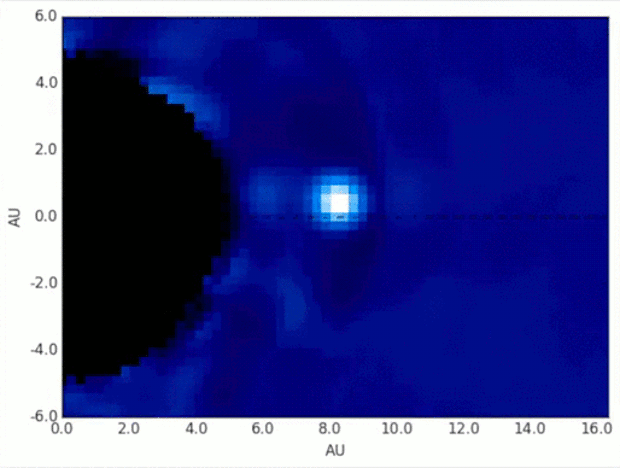
Applicants must be at least 18 years of age by the beginning of the program. Applicants must be enrolled at a CSU or California Community College at the time of their application. Participants may not have graduated from their 4-year institution before the beginning of the summer internship, but community college students may be in the process of transferring to a 4-year institution. Citizens, permanent residents, and AB540/DACA students are eligible to apply. Limited opportunities for international students may also be available.
All applicants must have completed a minimum of one full year of college-level physics by the start of the program.
When and How to Apply
Applications are due February 1, 2024. To apply to the program, go to the Application Home Page. In addition, you must ask two faculty members (or others familiar with your academic or work background) to submit two letters of reference. Indicate their names, addresses, phone numbers, and e-mail addresses in your on-line application where appropriate.
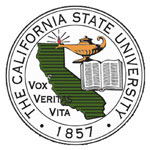
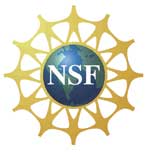

This material is based upon work supported by the National Science Foundation under Grants DUE-1741863, AST-1636646, and AST-1836019.